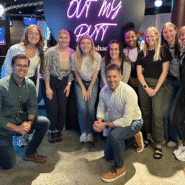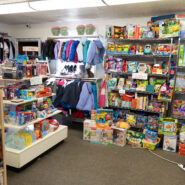Made to Stick
Made to Stick is split up between 6 chapters and each of them talks about the different aspects of making ideas “sticky”. In order for an idea to be sticky, it must have Simplicity, Compactness, Unexpected ideas, Credibility of a sources, a Concrete message, Emotional value of messages, and an importance of Stories. For short, it is known as the acronym SUCCESs. The main purpose of this book is to explain how SUCCESs can be used to create ideas that are remembered and not ineffective due to the curse of knowledge. After reading this book, I felt that I knew some of the things they discussed like “tell them what you’re gonna tell them, tell them, and tell them what you told them”, but they took that to the next level and explained further on more elements in creating an idea that can truly give people an idea that lingers in their mind.
The authors of this book are brothers Chip and Dan Heath who both wondered why there were successful ideas and ideas that were complete failures. Dan started his own publishing company that taught subjects like economics and biology through videos and other technology instead of through a textbook. His role in the creation of sticky ideas was to research how an idea sticks and his brother’s role was to research the success of urban legends and stories. Chip is a Stanford University professor and with his students they coded and analyzed hundreds of urban legends and found the premise of what makes ideas sticky.
While reading this book, I started to realize that the content of all the information was almost sticking to me. I feel that the authors subliminally made their book “sticky”! It was written with a great amount of examples that were explained in detail that made it a lot easier to remember than if they only explained how to make an idea sticky. In addition to the examples they provide, in each chapter they have what is called “clinic” and it is basically a little exercise that you can do and test your knowledge on how to make ideas more simple, concrete, credible, unexpected, and so on. I also think that this book can be applied in many different ways, not just to come up with ideas. At the end of the book in the, they give some “sticky advice” on talking strategies, teaching that sticks and how to unstick an idea. The content of SUCCESs can even be applied to selling yourself in terms of job hunting and standing out to an employer. Overall, I would highly recommend this book because you can learn a lot more than information about how to create ideas.



